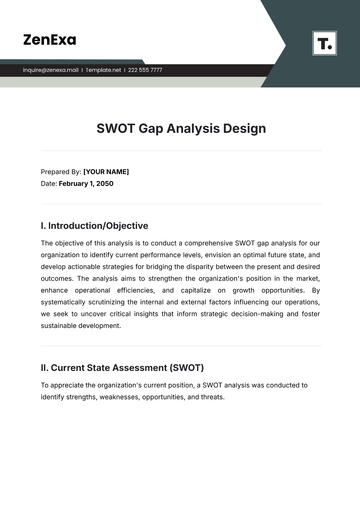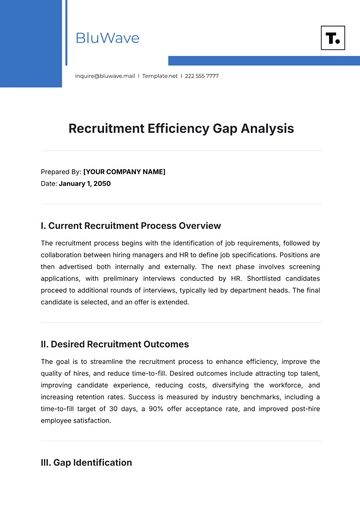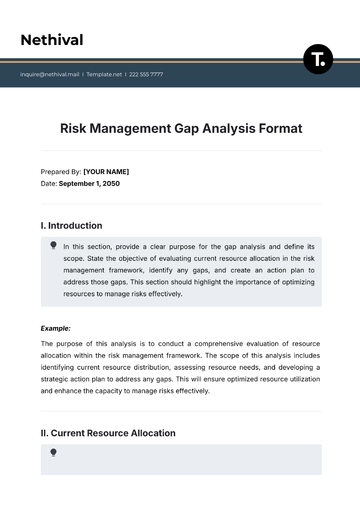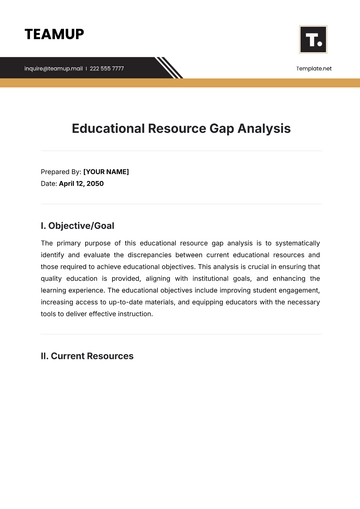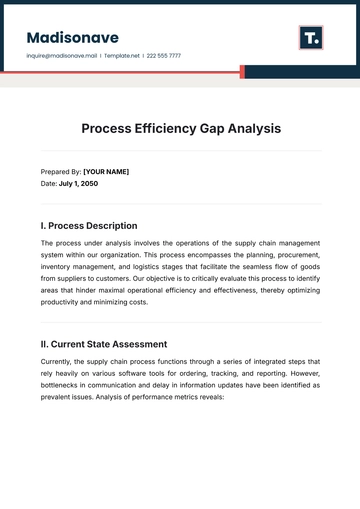Cultural Content Analysis
Prepared By: [Your Name]
Date: [Date]
1. Introduction
Cultural Content Analysis is essential for exploring how media, literature, art, and other cultural products reflect and shape societal values. This method involves dissecting cultural artifacts to reveal deeper meanings and societal impacts. Understanding these elements helps researchers and policymakers grasp how cultural narratives are constructed and how they influence public perceptions and behaviors.
For instance, analyzing popular television series can provide insights into changing societal attitudes toward gender roles, while examining advertisements can reveal how brands align with or challenge cultural values.
2. Literature Review
2.1 Theoretical Framework
The theoretical framework of Cultural Content Analysis includes:
Semiotics: This theory, pioneered by Ferdinand de Saussure and Charles Peirce, studies signs and symbols within cultural contexts. Semiotics helps in understanding how meanings are created and interpreted in cultural artifacts.
Narrative Theory: Proposed by scholars like Roland Barthes and Mikhail Bakhtin, this theory explores the structure and function of narratives in shaping cultural perceptions and identities. It is crucial for analyzing storytelling techniques in media and literature.
Critical Theory: Originating from the Frankfurt School, this theory examines power structures and ideologies present in cultural products. It helps in understanding how cultural artifacts reinforce or challenge societal norms.
2.2 Previous Research
Existing literature on Cultural Content Analysis highlights several key areas:
Media Representation: Studies such as "Media Representation and the Global Imagination" by Stuart Hall (2055) examine how media portrays various social groups and issues.
Cultural Artifacts: Works like "Cultural Analysis and the Role of Art in Society" by Clifford Geertz (2052) explore how art and literature reflect and influence cultural practices.
Advertising Analysis: "The Cultural Impact of Advertising" by Jean Baudrillard (2058) investigates how advertising shapes and reflects cultural values and consumer behavior.
3. Methodology
3.1 Research Design
The research design for Cultural Content Analysis involves:
Selection of Cultural Artifacts: Choosing relevant materials such as television shows, novels, artworks, or advertisements. For example, selecting a series of advertisements from the year 2060 to study shifts in gender representation.
Data Collection: Gathering data through content extraction from chosen artifacts, conducting interviews with creators or audiences, and administering surveys.
Analytical Techniques: Employing qualitative methods like thematic analysis to identify recurring themes and quantitative methods such as frequency analysis for coding and categorizing content.
3.2 Data Collection
Data collection methods include:
Content Extraction: Systematic extraction involves analyzing media texts, such as extracting themes from TV show scripts or advertisements from 2060 onwards.
Interviews: Conducting interviews with media producers, such as directors or advertisers, to gain insights into their intentions and perspectives.
Surveys: Administering surveys to audiences to understand their interpretations and reactions to cultural products.
3.3 Data Analysis
Data analysis involves:
Coding: Assigning codes to segments of content to identify patterns. For instance, coding advertisements based on themes like gender representation or cultural symbolism.
Thematic Analysis: Identifying and analyzing themes that emerge from the data, such as recurring messages about social norms.
Comparative Analysis: Comparing findings across different artifacts to uncover commonalities and differences, like comparing portrayals of race in different media genres.
4. Findings
4.1 Key Themes
The analysis revealed several key themes within the cultural artifacts examined:
Representation of Identity: Cultural products often portray individual and collective identities, such as how popular TV shows depict diverse family structures and roles.
Social Norms and Values: Artifacts reflect societal norms and values, such as how advertising campaigns address or reinforce cultural expectations about beauty and success.
Cultural Narratives: Dominant narratives in cultural products include themes of heroism and morality, evident in both historical epics and contemporary media.
4.2 Patterns and Trends
The analysis identified the following patterns and trends:
Shifts in Representation: Changes in media portrayals, such as the evolving depiction of gender roles in sitcoms over the past decade (2050-2060).
Cultural Symbolism: The use of symbols like the American Dream in advertisements to convey cultural aspirations.
Impact of Technology: Technological advancements, such as the rise of social media, influence cultural production and consumer engagement.
5. Discussion
5.1 Interpretation of Findings
The findings provide insight into how cultural products convey societal beliefs and values:
Impact on Public Perception: Media portrayals shape public perceptions of social issues, such as how news coverage affects views on immigration.
Cultural Reflection: Artifacts reflect historical and societal changes, such as how literature captures the shifting attitudes towards civil rights.
Influence on Behavior: Cultural products influence behaviors and attitudes, such as how fashion trends in media affect consumer choices.
5.2 Implications
The implications of the findings include:
Policy Recommendations: For instance, advising policymakers on the need for diverse representation in media to promote inclusivity.
Educational Applications: Using findings to develop curricula that incorporate diverse cultural perspectives and address cultural sensitivities.
Marketing Strategies: Insights for marketers to align their strategies with evolving cultural trends and consumer values.
6. Conclusion
Cultural Content Analysis is a crucial method for understanding the interplay between cultural products and societal beliefs. By systematically examining cultural artifacts, researchers can uncover underlying messages and themes that reflect and shape cultural identities. This analysis provides valuable insights into how cultural elements influence and are influenced by societal values, offering a deeper understanding of cultural dynamics.
7. References
Hall, S. (2055). Media Representation and the Global Imagination. Sage Publications.
Barthes, R. (2056). Image-Music-Text. Hill and Wang.
Baudrillard, J. (2058). The Consumer Society: Myths and Structures. Sage Publications.
Geertz, C. (2052). The Interpretation of Cultures. Basic Books.
Analysis Templates @ Template.net




